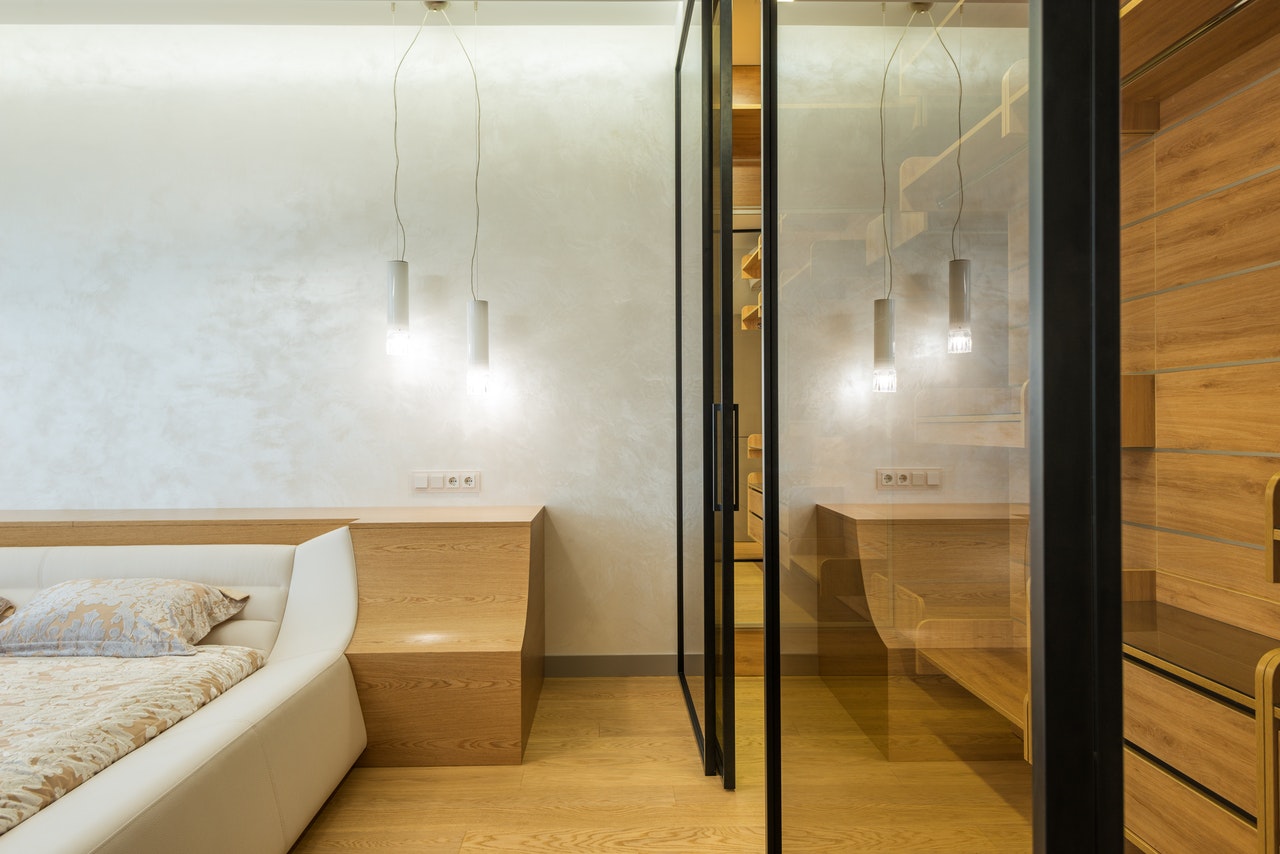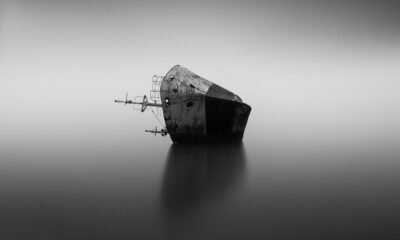TECHNOLOGY
Main Advantages Of LED Lights You Should Definitely Know About

One of the latest technological advancements in the lighting industry is LEDs.
This revolutionary lighting solution has forced consumers to choose it over conventional fluorescent bulbs because it promises greater efficiency, lower energy consumption, a considerable lifespan, and most importantly, cost-effectiveness. Stick with us as we explore the benefits of LED lights that are worth knowing about.

Increased Lifespan
Conventional fluorescent and incandescent bulbs have a lifespan of around 1500 hours, whereas an LED light can run continuously for up to 60,000 hours. Most LED lights have a lifespan of more than five years and don’t need to be replaced more often. This improved lifespan reduces the maintenance and operating costs, making it an ideal choice for households as well as businesses.
Sturdy Alternative
Whether it’s tube lights or incandescent bulbs, most conventional lighting solutions either contain neon gas, whereas others have a filament that produces light. Each of these lighting sources is fragile and can break easily on impact. On the other hand, LED lights are a sturdy alternative as they use a semiconductor material housed in a plastic enclosure to provide extra protection and sturdiness.
Environment-Friendly Option
The manufacturing of neon tubes requires the use of toxic chemicals like mercury, which poses a grave danger to the environment. Surprisingly, the production of LED lights does not produce toxic waste material and is an environment-friendly alternative. LEDs produce far less of a carbon footprint than other lighting solutions. Besides helping to reduce carbon emissions, you don’t need as many LED lights to get the illumination you want, and they last longer. Manufacturing fewer LED lights means there is less energy consumed during production and less waste produced that could potentially harm the environment.
Improved Efficiency
Considering the efficiency of any given appliance is important. LED (light emitting diode) lights use 90% less energy when compared to incandescent bulbs, making them an energy-efficient lighting solution that many prefer. Because they use less energy, they are consequently less expensive and a great by-product is that they don’t need much maintenance. LEDs operate flawlessly under extremely cold conditions and don’t require a higher operating voltage than fluorescent bulbs.
Practical Applications
There are a variety of practical applications for LED lights, the most notable applications are in the household lighting, military, architectural, entertainment, automotive, and gaming industries. From desk lamps to floodlights, LEDs are a simple yet effective lighting solution to choose from.
Variety of Colors
You can easily find LED lights in a variety of base colors, whereas incandescent bulbs use colored filters to produce that colored light effect. Colored LED lights can also be mixed to produce other colors and shades of light.
Heat Emission
Incandescent bulbs emit more than 80% of the electrical energy they consume in the form of heat while using no more than 10% to produce light. On the other hand, LEDs emit little amounts of heat and use 75% less energy than traditional bulbs.
Improved Customization
As LEDs are tiny diodes, they can be arranged in any formation you can think of. Besides purchasing consumer-ready LED lights, you can make your own arrangements for LED lights with ease. From lighting up your doorway to the backyard stone walkway, LEDs can be installed in any arrangement and formation you can think of.
Instant Lighting Solution
As opposed to a halide lamp that needs a few seconds to warm up before providing light, LEDs light up instantly. Furthermore, switching LEDs on and off more often has an almost negligible effect on their longevity or efficiency. That’s the reason LEDs are an ideal choice for public places where lights need to be switched on and off often.
Low Voltage Requirement
LEDs can easily run on voltages as low as 12 volts. In areas prone to natural disasters like wind storms or flooding, using these low-voltage lighting solutions is an excellent choice as these lights can run for days, providing uninterrupted light. The chances of getting an electric shock from a 12-volt line are a lot less than from a conventional voltage line ranging from 110 to 220 volts.
Commercial Use
Most conventional light sources emit light at a 360-degree angle, failing to illuminate or focus on one area. Different light deflecting accessories like bulb holders are required to focus light in one place when using traditional lighting options. However, LEDs shed light at an angle of 180 degrees, making them a perfect pick for lighting kitchens, bathrooms, hallways, and even Illuminating artworks.

LEDs are indeed an excellent lighting solution that is not only cost-effective but an efficient way of lighting up your household, workplace, or commercial space. We hope the advantages we shared above can help you understand the effectiveness of this awesome lighting option.
Source link

















You must be logged in to post a comment Login